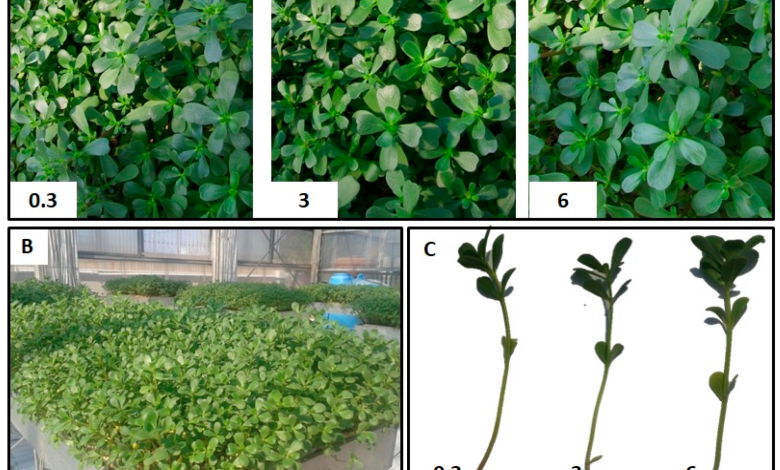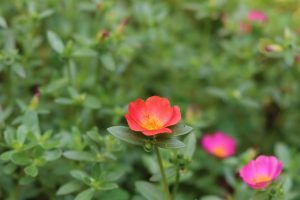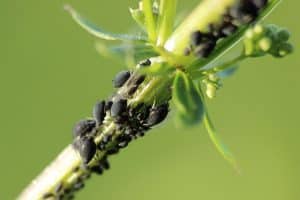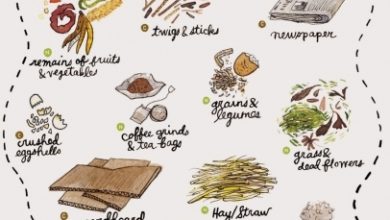Portulaca: [Cultivation, Irrigation, Associations, Pests and Diseases]

Important points when sowing Portulaca
 Where to sow? It needs a lot of direct sunlight.
Where to sow? It needs a lot of direct sunlight.- When? In spring or early summer.
- How do we prepare the land? Removed, removing weeds. With nutrient-rich substrate with earthworm humus orcompost.
- How do we water? With drip. Once or twice a week. The rest of the year watering is spaced and almost forgotten.
- Plagues and diseases? Aphids and diseases caused by excess water, generally fungi.
 The portulaca, also known as the silk flower, is a low plant with simple or compound flowers, with a color that covers the most diverse shades of yellow, red, pink and white.
The portulaca, also known as the silk flower, is a low plant with simple or compound flowers, with a color that covers the most diverse shades of yellow, red, pink and white.
The flowers of the portulaca, which can reach a size of up to 8 centimeters, only open in the presence of the sun.
There are between 100 and 150 different species and most of them share characteristics. However, there are genera that present differences to the naked eye, and others that are distinguished by the color of their flowers.
The use of the portulaca is generally ornamental, but there are some varieties that are highly valued in the culinary tradition of different areas of the world. In general, all are developed especially tropical and subtropical areas.
The two best-known types of portulaca are the oleracea –also known as purslane– whose flowers are yellow and their size is somewhat larger in height, and can reach 40 centimeters. The other variety and the most popular is the portulaca grandiflora, which is the most appreciated for its variety of colors.
When to sow the Portulaca?
The portulaca is a plant that is sown after the spring frosts, spreading the seeds on the surface so that they are well covered with soil and finally watering, taking care that the seeds remain underground.
Where to do it?
 The portulaca is a true sun lover. If it is given a location sheltered from rain and wind, it will have a healthy development.
The portulaca is a true sun lover. If it is given a location sheltered from rain and wind, it will have a healthy development.
And you’ll have a lush flowering plant from summer to early fall. Therefore, it is not suitable for the interior of a house and does not support low temperatures or shady areas.
How to prepare the land?
The land for the portulaca should be sandy and if possible with gravel. For the planting of the portulaca it is required that the land is also rich in nutrients and if necessary.
It is recommended to try not to use cheap substrates that contain a large amount of salt and have an inconvenient behavior when it comes to draining the water from the portulaca.
How do we water the Portulaca?
 The portulaca does not resist the winter. If there is any carelessness with irrigation, they do not react negatively since their fleshy leaves can accumulate water for a long time.
The portulaca does not resist the winter. If there is any carelessness with irrigation, they do not react negatively since their fleshy leaves can accumulate water for a long time.
A regular watering guarantees the abundance of its flowers. Experts assure that the great enemy of the portulaca is water.
It prefers dry climates with little or no humidity. Excess water can be fatal to portulaca or at least.
How do we plant a Portulaca step by step?
 Portulaca planting does not require special care, so anyone interested in gardening can grow it.
Portulaca planting does not require special care, so anyone interested in gardening can grow it.
Portulaca is a succulent so it is propagated simply by cutting off a piece and putting it in moist soil or a glass of water.
The plant can be propagated in 2 ways: By spreading its seeds or by cutting the stems. The seeds take about 10 days to germinate when exposed to temperatures ranging from 70° to 90° Fahrenheit (21° to 32°C).
Recommendations to sow the portulaca step by step in any closed space:
- Acquire seeds or cuttings. Portulaca seeds can usually be obtained from scattered plants, but can also be purchased from nurseries. When collecting portulaca seeds, it should be noted that the plants have not been sprayed with pesticides or herbicides.
- Fill a pot with plenty of soil. A little soil from a compost bin can also be added as fertilizer.
- Plant the seeds by spreading them on the ground, but they should not be covered. Seeds need light to germinate and take root.
- Water the soil until it is moist. Avoid watering the soil to the point that it is excessively soggy. Seeds only need a limited amount of water to germinate.
- If cuttings are used for cultivation, they should be sown in the ground. Typically, it takes a few days for the cuttings to take root.
What favorable associations does it have?
The association of crops of compatible plants produces benefits with respect to their cultivation separately, in addition to the use of light, water and/or nutrients. Favorable associations of portulaca with other species are not known.
What pests and diseases attack the Portulaca?
 The portulaca can be attacked by pests such as aphids, which if installed on the plant can cause serious damage..
The portulaca can be attacked by pests such as aphids, which if installed on the plant can cause serious damage..
Excess moisture can also cause diseases caused by fungi, although it is not very frequent.
Bibliography and references
- Encyclopedia My first knowledge about Plants, Snakes and Conservation. (1961). Spanish edition by Dr. Frank Thompson. Grolier Publisher Incorporated New York. Printed in Mexico.
- Naumann & Göbel Verlagsgesellschaft mbH. (2019). Indoor and Balcony Plants-Ideas for all kinds of environments. SL Edition, Barcelona-Spain. P.P. 134.
digital database
- Home.Mapfre.es. Portulaca. Reproduced from: https://www.hogar.mapfre.es/jardineria/plantas-y-flores-exterior/cubiertas-portulaca/
- Agromatic.es. Portulaca grandiflora a creeper that asks for a lot of sun. Reproduced from: https://www.agromatica.es/portulaca-grandiflora-rastrera-jardin/
- Vega R. Blanca. Portulaca, care and characteristics. Reproduced from: https://www.bekiahogar.com/articulos/portulaca-cubiertas-caracteristicas/

![Photo of Iresine: [Cultivation, Irrigation, Care, Pests and Diseases]](https://www.complete-gardening.com/wp-content/uploads/2022/08/iresine-cultivation-irrigation-care-pests-and-diseases-390x220.jpg)
![Photo of Pests and Diseases of Bananas: [Detection, Causes and Solutions]](https://www.complete-gardening.com/wp-content/uploads/2022/08/pests-and-diseases-of-bananas-detection-causes-and-solutions-340x220.jpg)

